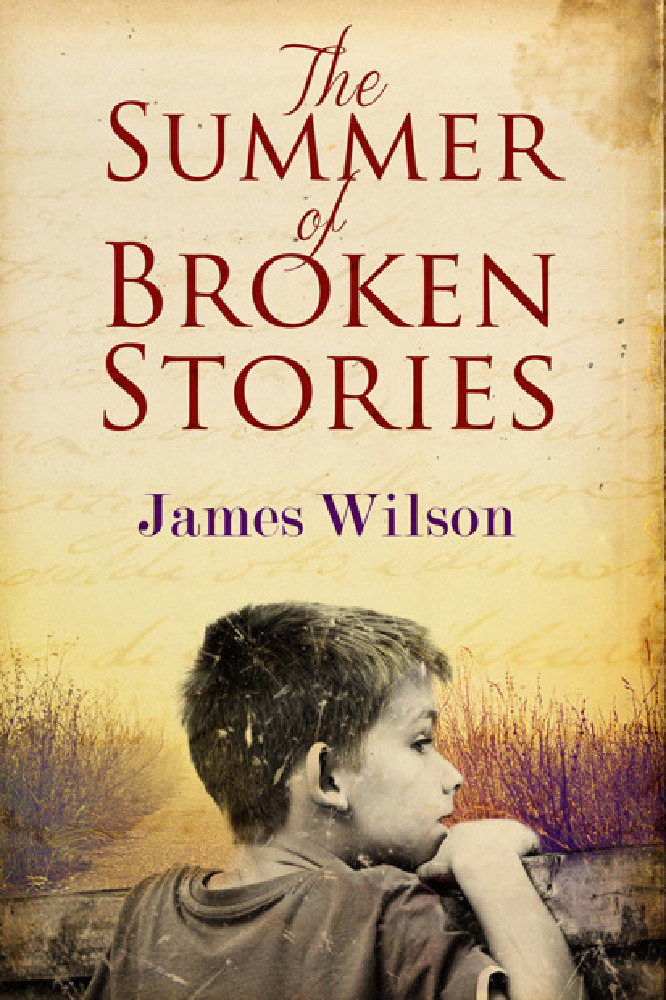The Summer of Broken Stories is set in an English village at the end of the 1950s. The central character, ten-year old Mark, finds a man living in an old railway carriage in the woods (not uncommon in those days: if you didn't have a lot of money, it was a cheap way to put a roof over your head). Together with his friend Lou, Mark is drawn more and more into the man's world, facing growing hostility from the other villagers, and - eventually - a crisis that will change the whole direction of their lives.


The Summer of Broken Stories
I've always been obsessed by history, but this is the first time I've written about a past that I actually remember. Part of what drove me - prompted, I think, by the death of my mother, and the realization of how much had disappeared with her - was a growing awareness of how quickly memory is lost. 1950s England has become, in the popular imagination, little more than a crude caricature: a polite, monochrome, conformist prelude to the psychedelic explosion of the sixties. I wanted to recover something of what it actually felt like - or at least, what it felt like to me, growing up then - before it has vanished altogether. And though it wasn't a conscious decision, Mark's village has turned out eerily like the one I grew up in near Cambridge: not just the shop and the pub, the lanes and woods, but the rich range of humanity, too. (One character, in particular - an elderly woman who invites Mark to read to her from T. S. Eliot's Old Possum's Book of Practical Cats and plies him with country wines - is modelled on someone who treated the ten-year-old me in exactly the same way. Writing about her, revisiting in my imagination her cold, gloomy house, with its smell of cats' piss and old wood smoke, was a kind of time travel for me.)
But the world I was trying to recreate wasn't just a lost idyll. Beneath the air of apparent calm, the sense of an enduring way of life (which still, in the village where we lived, revolved around the rhythms of ploughing and planting and harvesting), there was an underbelly of anxiety. Some of it sprang from that old English bugbear, class; some reflected a sense of national decline. In large part, though, I think it came from the still recent experience of the war, the horrors of the Third Reich, and the bombing of Hiroshima and Nagasaki, all of which were a constant off-stage presence.
In day-to-day life, this unease appeared as a kind of blinkeredness, a half-conscious determination to keep our fears at bay by simply refusing to acknowledge them. Where it found expression was in books, TV and comics (I'm still haunted by a serial in the boy's comic The Eagle called The Reign of the Robots, in which Dan Dare happens upon a planet which has been reduced to a giant labour camp under the control of the evil, führer-like Mekon). For adults, there were the novels of John Wyndham, in which a tranquil, sleepy England is suddenly overwhelmed by alien forces - or, in the case of The Day of the Triffids, the unintended consequences of technology. And what fascinated me, looking back, was that - for all the impression they give of belonging to a vanished age - these stories, and the fears they embody, are actually linked to our world by a whole, half-hidden network of echoes and connections.
It was this realization that gave me the second strand of The Summer of Broken Stories. But I should stop there, or I'll give away too much!

